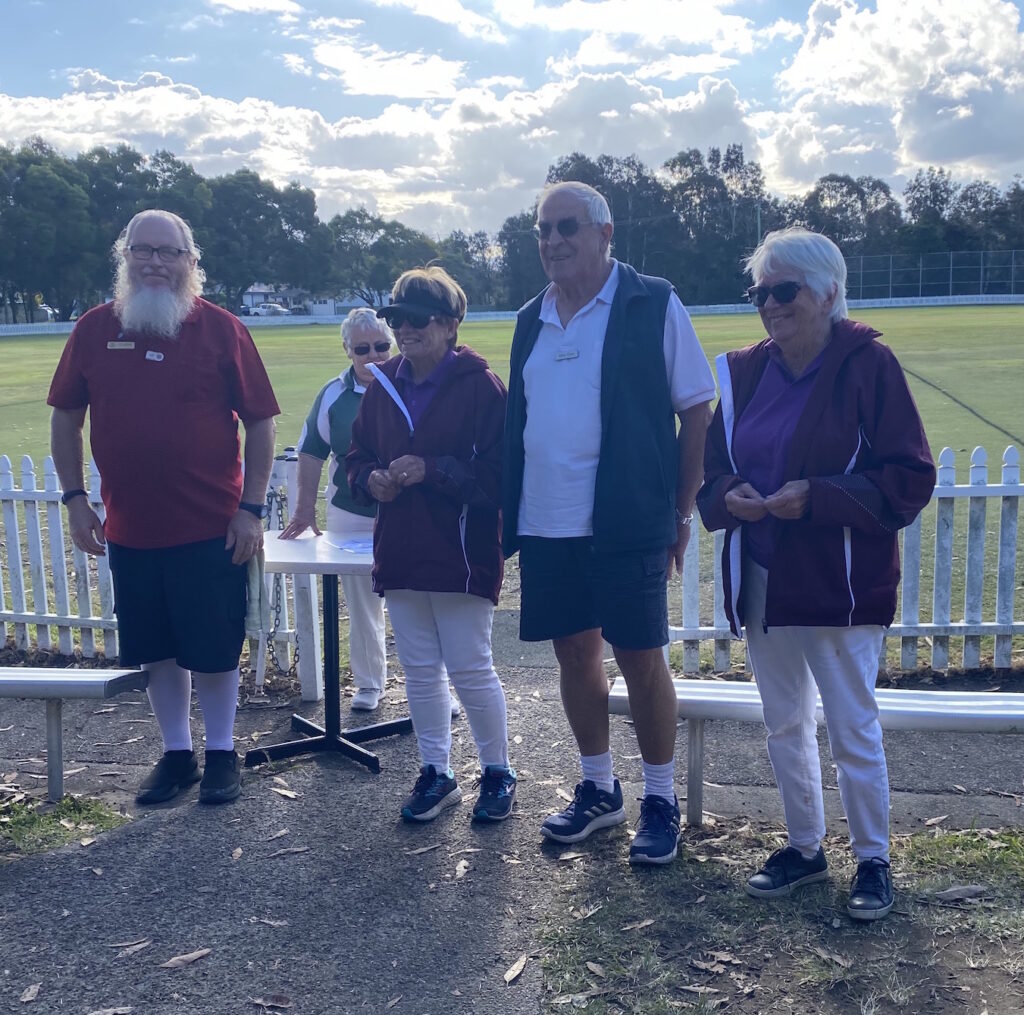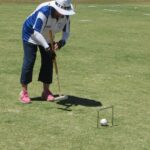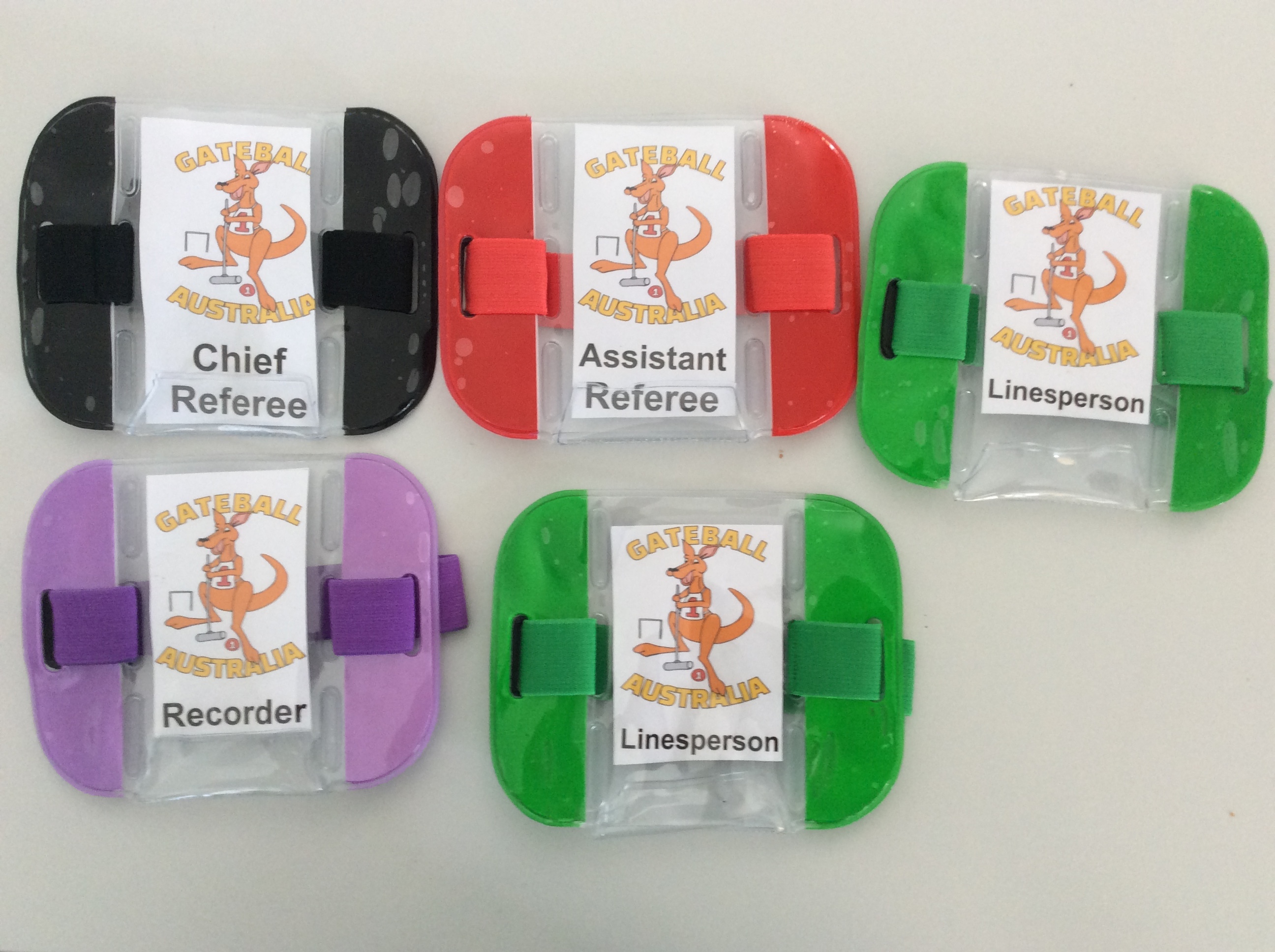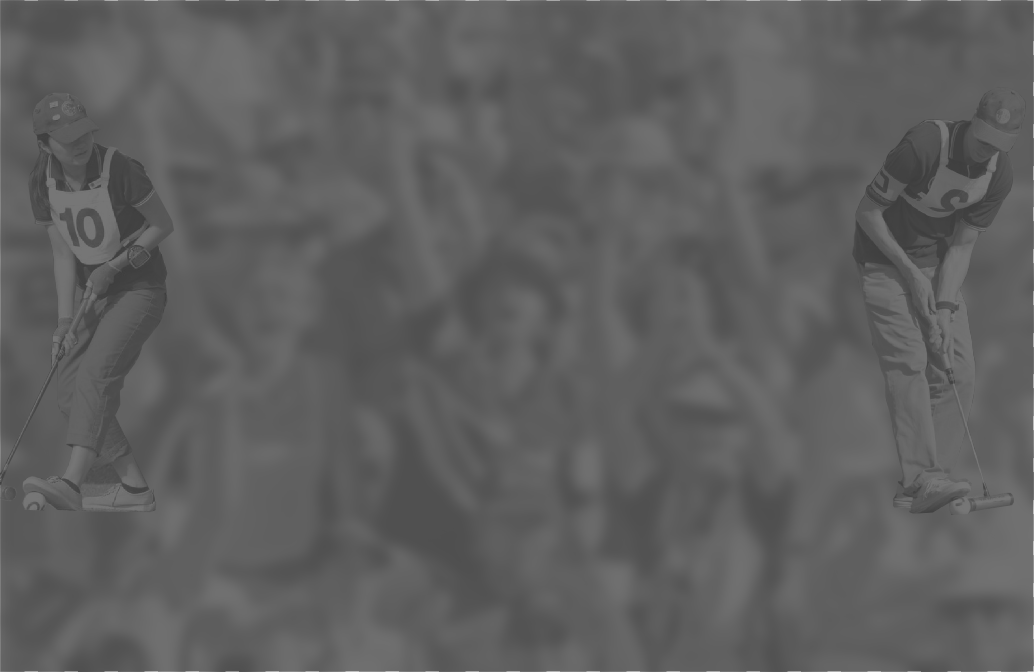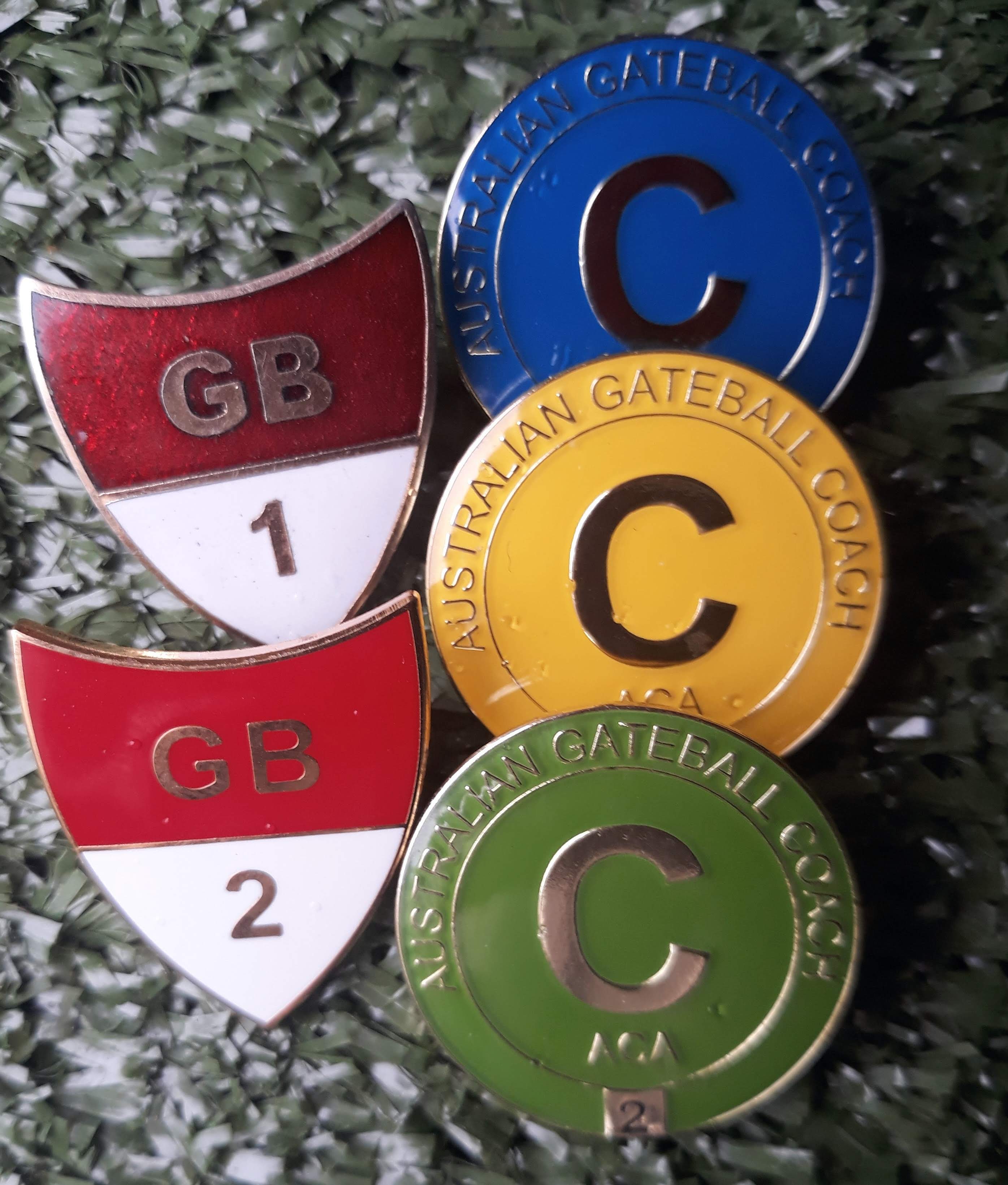
Refereeing workshops:
At the 21/22 AGC a number of referee workshops were held. Supporting resources clarifying roles were handed out and are available as follows: Basic Interaction between Referees A and B, Duties of the Assistant Referee, Duties of a Linesperson, Duties of a Recorder, Referee Role A&B and the Scoreboard Keeper.
Other clarifications were presented as follows: Example Record Sheet, Rotational Doubles Record Sheet , Monitoring Player sequence for Doubles and Referee Hand Indications
A final group worked through the Gateball Australia Referee Accreditation and Reaccreditiation Framework using a series of questions.
All referees are reminded that attending sessions like these help them meet their reaccreditation requirements and can be noted on annual reaccreditation cards that need to be handed to State Referee Coordinators each year.
Coaching Workshops
Five sessions were planned which coincided with three levels of the Gateball Coaching Framework. More advanced sessions were presented on Managing the Endgame ( and notes!) and Holdback The development and presentation of scenarios like these is a major component of the Level 3 coaching program
For competition players sessions on Openings and Ladders & Cross court sparking were presented. Activities like these are presented as part the Level 2 coaching program which aims to develop the skills players need to become good competition players
For first time competitors, the usefulness of skills cards was demonstrated in preparing for competition participation. Skills and drills for less experienced players are part of the Level 1 coaching program
Anyone wishing to train as a coach needs to make an application through their State Coordinator of Coaching.
Stroking Advice
One observation made at the event was that several of our experienced croquet players seemed to cope better with the playing surface. An email asking them how they felt their particular stroking style enabled them to cope with the conditions produced several responses which have been posted below. The comments made, emphasise for us all that we need revisit “Level 1” skills when faced with challenges
Peter: In GC you use more backswing to get more power (an Egyptian will often have the mallet vertical behind him before slamming a ball down court).
I didn’t see many GB players doing this – instead, to compensate for the heavier conditions, most tried to accelerate through the swing. This does produce more power, but tends to pull you off line, which is part of the reason so many shots missed target (the lawn also had a lot of deviation as well, so even if you hit straight there were no guarantees). Hitting balls that had been pressed into the grass during sparking didn’t help – I’ve never seen so many jumps in GB, many of which were cruel!
Many GB players also jab, which is OK at short range, but to hit a target at any distance you need a bigger action – some backswing for power and a good follow through for direction. Pedants will point out that you’ve already hit the ball before the follow through, but the follow through shows you where you’ve sent the ball, so a good follow through action will help you send it where you want. The trick for many players is to keep a bigger action, but to slow it down to accommodate a shorter distance. Slow, flow & follow through is the mantra.
Greg: I did notice a lot of Gateball players were not stalking the ball or using a lot of follow through. One way to address this is to teach/refresh the routine for stroking.
The Routine: Players should develop a consistent routine in preparation for every stroke.
A stroking routine could be:
Take your grip
Stalk the ball
Take your stance/position
Keep your eye on the ball
Keep the body still
Backswing is controlled
Hit the ball in the centre
The swing is fluid
Follow through
See the grass under the ball
Ok – so maybe this just exposed something we can work at. Maybe at a future event we can include a stroking workshop?


